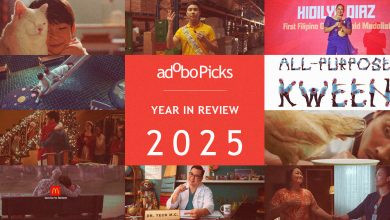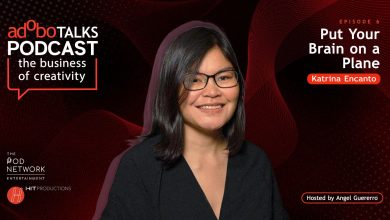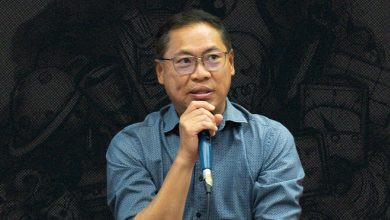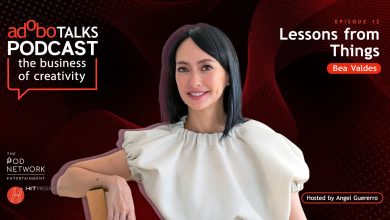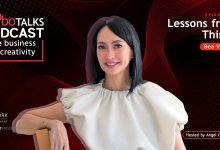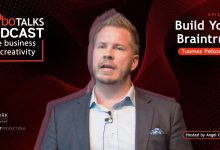MANILA PHILIPPINES — Digital marketing is a constantly evolving playground that brands, despite its complexity and unpredictable transformations, have no choice but to learn, understand, and utilize according to their needs. As the digital age continues to warp and shift into different spaces, requiring unique strategies, there is an even greater urgency among brands to enter the space and capture their audiences before things start to change again. With this, adobo Magazine tapped digital marketing expert Ibarra Villaseran, Client Service Director of Truelogic, on a new column dedicated to giving brands, marketers, and advertisers the basics of digital, and then some: “Digital Primer.”
For this column’s third installment, Ibarra unpacks the need to shift mindsets when it comes to budgeting for search engine optimization for a business and brands’ websites.
A good indicator of the appreciation of a particular endeavor is the budget allotted to it. Handing over PHP 200 to treat clients for lunch will surely draw bewilderment from your team. The same can be said for the marketing budget. I’ve gotten questions such as, “PHP 20,000 okay na yun sa SEO, noh?” while trying to stretch that out over three months.
It is not their fault. Strangely enough, leveraging your digital assets is a concept that is hardly practiced in the Philippines. There is interest in it. But here, I will have to make a distinction — reading about it online, maybe even talking the talk, is very different from actually allotting the appropriate budget for it. The success achieved by the ones that have executed Search Engine Optimization is more and more drawing the attention of others who have not made that jump.
To bridge that gap, it is best that we look into something more familiar — setting up a store. Let’s take setting up a small showroom in Greenhills, for example. Below are the estimated costs that people are “more comfortable” paying:
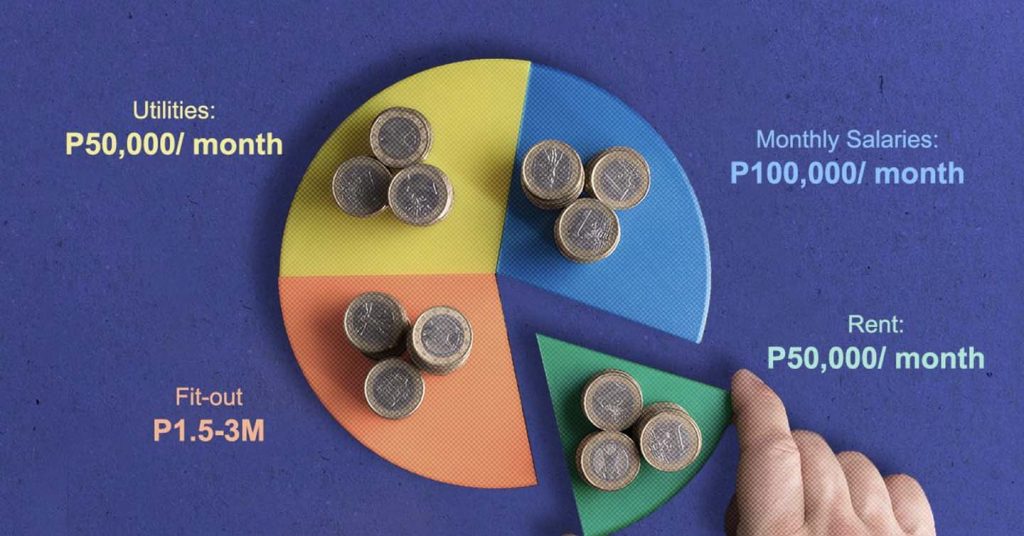
- Rent: PHP 50,000 per month
- Fit-out: PHP 1.5 to 3 million
- Monthly Salaries: PHP 100,000 per month
- Utilities: PHP 50,000 per month
This is far from an exhaustive list of expenses, but we are already looking at capital expenditures of at least PHP 1.5 million and an operational expenditure of PHP 200,000 a month. This cost will balloon because this is where our customers go. Therefore, we demand that it be clean, nice, and comfortable — best foot forward.
The thing I would like to point out here is that this is seen as an investment. This is business after all, right? The expectation is that this investment should be recovered within two to three years, where profit is posted afterward.

Your website is the same banana. It is just another one of your showrooms (aka another channel). However, since building your website and nurturing your online traffic month on month (you can think of this as your monthly rent plus utilities, “cost of doing business”) is only a fraction of what it costs for a physical store, return on investment is much faster.
A client of mine even told me, “So, parang nag-hire lang ako ng dalawang ahente para diyan sa SEO, noh?” To that, I responded with an affirmative but added, “dalawang ahente na hindi natutulog, na gumagaling pa habang tumatagal.”
He bridged the gap and was spot on.
In the Digital Primer podcast, General Manager for Anta Philippines JP Paglinawan also discussed the significant change in mindset that organizations need to embrace to thrive in the digital age. JP highlighted the importance of investing in online businesses with the same level of commitment as in traditional brick-and-mortar stores.
“It’s really important to invest in your online business the same way you’re investing in your offline business or brick and mortar,” he said.
This shift requires building dedicated teams for customer service, operations, and marketing to ensure that the online brand presence is as engaging and functional as its offline counterpart.
“You need to have a separate team doing the online business… It’s a matter of building that community with the same values,” he explained.
However, the transformation doesn’t stop there. A critical point of focus is the integration of online and offline teams. Historically, these teams often saw themselves as competitors. Still, the digital age demands a new perspective, where they work together to complement the brand’s overall presence.
“I think that’s the hardest part, is changing the mindset also internally. So you need to be able to, you know, marry the two and make them understand it’s the same brand, it’s the same company, and we’re trying to grow together, not compete against each other” he bared.
JP also emphasized that upper management’s buy-in and setting digital sales as a Key Performance Indicator (KPI) are crucial steps toward successful integration. These changes must permeate throughout the organization, leading to a shift in culture and the alignment of goals, incentives, and strategies across all levels.
In a separate podcast, Bobby Simborio, Executive Director of the Philippine Association of National Advertisers (PANA), also shares his insights about the necessary change in mindset, particularly in executing the groundbreaking Max’s “Chicken All You Can” campaign. This campaign not only challenged traditional norms but also exemplified the power of adapting to digital strategies.
Bobby reflected on the transformation in mindset over the past two decades, emphasizing the significant shift towards digital marketing practices. He noted, “There has been a great shift in using not only SEO but digital in general in the past two decades.”
During his agency days, Bobby faced the challenge of integrating digital into media plans. Being more rooted in traditional media, he found it difficult to champion digital initiatives without a personal immersion in the digital landscape. He shared, “It’s not easy for me to understand digital, that time. And I need to embrace digital. I need to embrace it myself.”
Bobby delved into a pivotal moment in his career – the Max’s “Chicken All You Can” campaign. He discussed the skepticism surrounding the idea of offering unlimited chicken, a departure from the prevalent rice-all-you-can trend. The initial shock and disbelief turned into a success story when a franchise store in Mindanao tested the concept and achieved outstanding results during its anniversary celebration.
Addressing challenges in execution, Bobby recounted the reactions from owners and the decision to launch the campaign nationwide during Max’s 65th-anniversary celebration. The pricing strategy, utilizing billboards (OOH), and leveraging relationships with lifestyle and food bloggers played crucial roles in creating buzz and dispelling doubts.
“The first day when we put up the billboards, our telephone in marketing started to ring. Every minute, tinatanong kami. Ang daming tumawag. Totoo ba to?” he recalled.
Bobby emphasized the power of word-of-mouth marketing and customer experience during the campaign. Students and customers of all ages flocked to Max’s stores, creating a memorable and successful promotional event. The campaign achieved its objective of creating new memories for the next generation of Max’s customers.
“We believe during that time that we are on the right track. We’re getting, [we’re hitting] our objective because we want to create new memories with the new generation market,” he added.
As the campaign concluded successfully, Bobby expressed his pride in being part of the team that executed the Max’s “Chicken All You Can” campaign. He emphasized the role of the entire marketing team in turning the initial concept into a memorable legacy for Max’s.
The journey through the Max’s “Chicken All You Can” campaign is a testament to the necessity of embracing a change in mindset. Bobby’s experiences highlight the challenges of introducing digital strategies, the importance of relationships in influencer marketing, and the power of innovation in creating successful marketing campaigns. Max’s campaign remains a shining example of how a bold and unconventional idea can not only overcome skepticism but also leave a lasting impact on the brand’s legacy.
ABOUT THE AUTHOR

Ibarra Villaseran
Truelogic, Client Service Director
Ibarra Villaseran has been at the helm of Truelogic since 2018 and has overseen the digital agency’s exponential growth. With over two decades in Marketing Communications, his favorite roles remain to be: husband, father, and friend.



